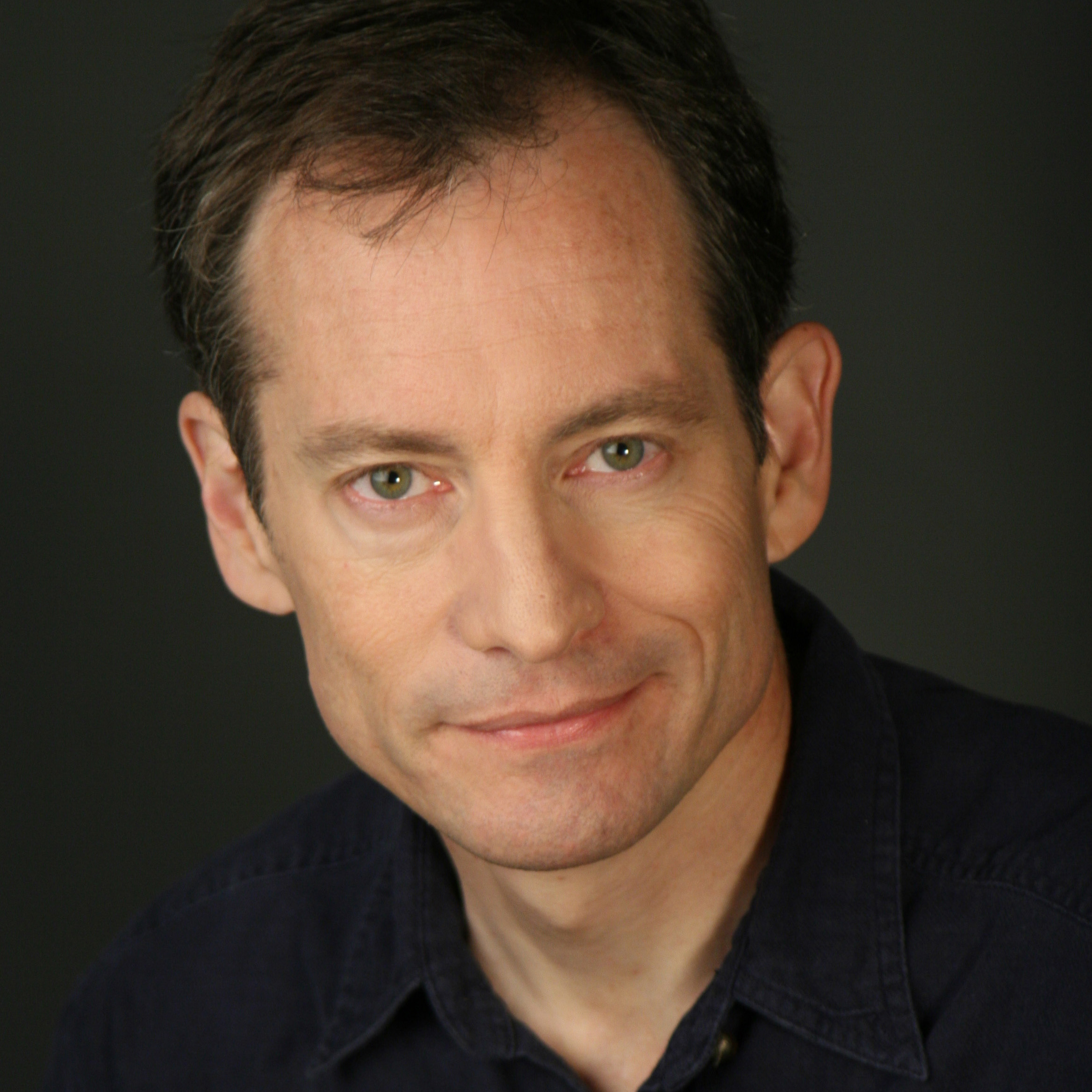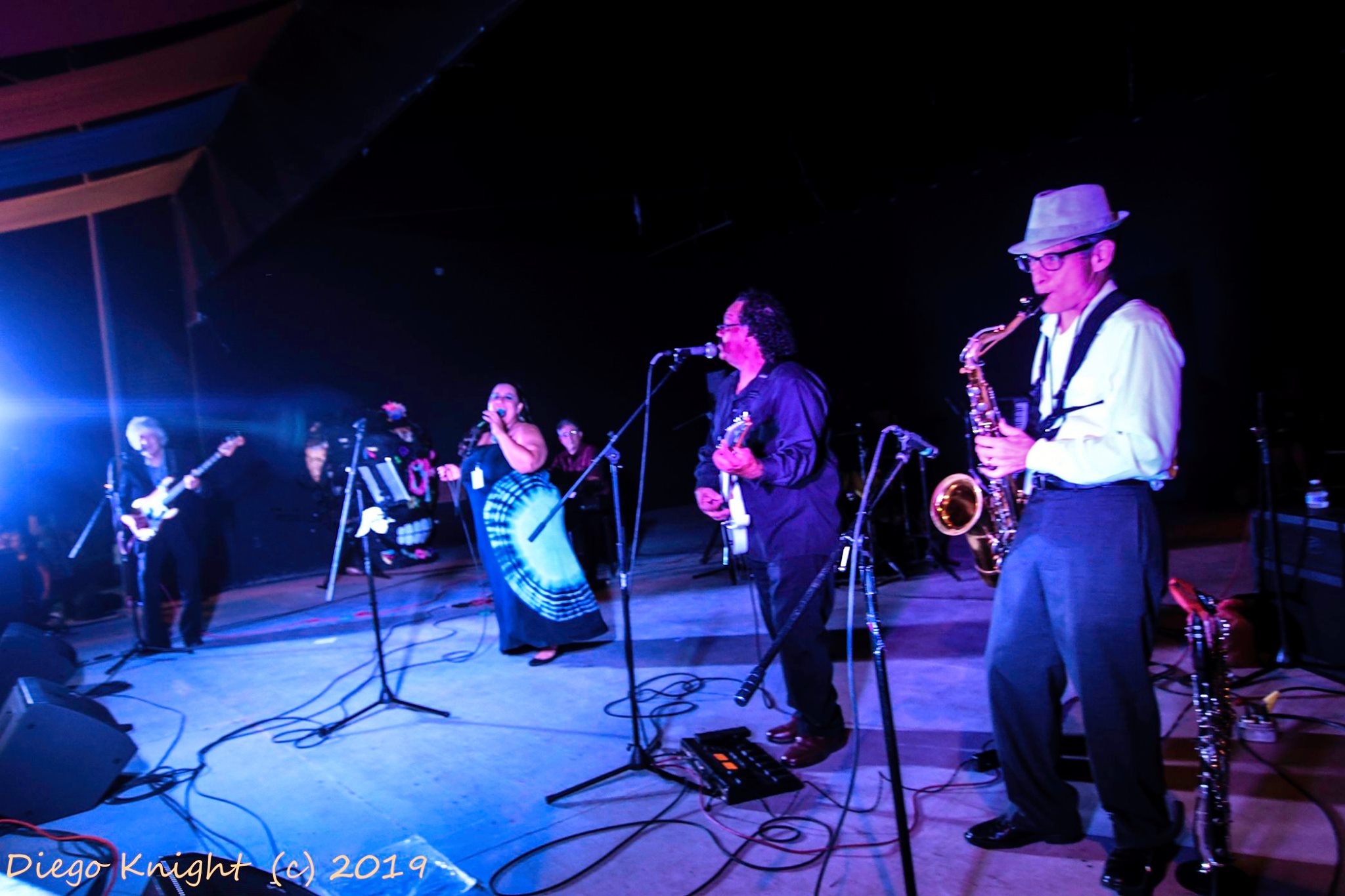Written for mental health workers: A brief look at my background and projects.

Robert A. Yourell
I am licensed as an LMFT in California, and earned a BSW from CSULB and an MA in Counseling Psychology from Norwich U.
Summary
This page gives a look at my background and the kinds of resources that I will be sharing, including a link to a free, guided experience of mindfulness meditation. It explains how I became an advocate for EMDR at a formative point in insurance network development, and how I see desensitization as being so fundamental that it should be fostered as a set of self-help skills in our culture generally.
Experience with Populations and Organizations
As a licensed marriage family therapist with diverse experience and training that includes EMDR, various CBP methods, hypnosis, and body mind disciplines, I have accumulated a lot of tools, perspectives, and wisdom to share with mental health workers. I want to help you intervene creatively, offer tools and materials to your clients, and to be stress resistant.
I have worked with veterans, executives, physicians, law enforcement officers and the general public, including persons with substance abuse disorders, traumatic incidents or histories, workplace issues, and difficult relationship or family problems.
EMDR and Desensitization: Becoming an Advocate
One of my skills is EMDR (trained by Shapiro in 1992). As an advocate for this approach, I gained acceptance of EMDR among insurers and trained them on when and how to refer. Early in my work with managed care, I was responsible for developing a mental health network. This included conducting treatment plan reviews. It was evident that EMDR providers were best at systematically describing their plans and progress, and their work was less invasive and more expedient than other approaches for many clients. This, and my own experience as a provider led me to be become an advocate.
Integration with Body Mind Methods
When you use a scientific theoretical basis to draw from more than one approach to psychotherapy, you can discard the word “eclecticism” and use “integration.”
I’m especially keen on integrating methods of Ericksonian hypnosis, body psychology and desensitization because of how well they work together. They also lend themselves to producing tools and training for self-help methods.
Free Tools and Experiences
I’m doing a major makeover on this site, but soon I’ll be giving away various kinds of tools and other content. I also do presentations and offer them as a volunteer for charitable organizations in Southern California.
As an EMDR provider, I developed a sound which many other therapists adopted for use as stimulation for EMDR sessions. I and others began training clients to use this sound to work on appropriate issues between and beyond their sessions. This led me to systematize training for individuals in desensitization as an aspect of self-care. I feel that, if cultures adopt this as being as fundamental as brushing teeth, the world will be a much better place.
In other words, I see desensitization methods as a foundational skill set and perspective that much of psychotherapy and personal development is built upon. When this philosophy is adopted, excellent clinical opportunities reveal themselves. It also makes it evident why some approaches to therapy are hit or miss, and how cults can package hypnotic and desensitization methods in such as way as to lend credibility to their beliefs. This understanding can support cult recovery.
Desensitization
Integrating desensitization into your practice and training clients in using it for self-care: I believe that a self-help version of desensitization (part of what I call Shimmering) is something every therapist should share with many of their clients. I share training and tools toward that end.
I have created sounds that provide bilateral stimulation for EMDR, and a training program for the public that assist them in using desensitization appropriately. (I will be providing links and new materials once this new site is ready.)
Elements of Music and Sound
Sound and music elements in communication, mental health, and psychotherapy: I offer this in a variety of ways, including an entertaining and inspiring presentation for mental health professionals.
I offer a presentation for enhancing communication with musical secrets used by powerful speakers. This presentation can be shaped specifically for purposes such as relationships, delivering public presentations and leadership roles.

On tenor sax with Hola Soy Lola
Jazz rhythm and other music elements helped me study elite communicators and create a presentation around that. Image by Diego Knight
Advanced Stress Management
I offer presentations and free guided experiences that help with relaxation and skill-building for stress management.
Here is an example guided experience
One of the ways I like to help impart skills, is through guided experiences. Mindfulness is an important skill that I help you explore here (no cost) in this four-minute guided meditation, which offers the experience of a key mindfulness skill: Pure Noticing: Key to Mindfulness
My Approach to stress is unique and enjoyable. We go beyond the basics with an integrative view. One way is through guided mini-experiences that help us acquire mental tools for immediate use. This topic is crucial now for people in clinical roles.
I’m always happy to respond to any of your questions or insights.